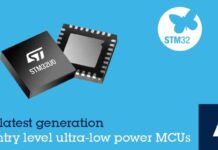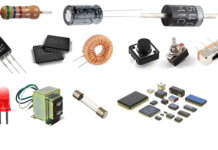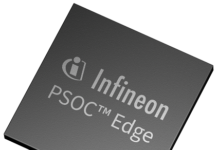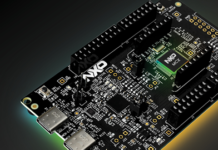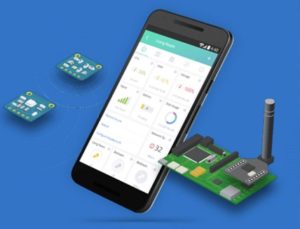
IoT technology is a hot topic today. The way it simplifies and improves our lives made it the most promising business venture for the upcoming years. IoT utilizes the low energy consuming devices and connects them to the server via Bluetooth or internet network. The potential of this technology, that opens a whole new world in front of humanity, caused the growth of internet of things app development. In a few years more and more companies started developing both hardware and software for IoT ecosystems.
Of course, the rise of IoT technology wouldn’t be possible without the mobile applications that serve as the remote controls for IoT devices while different simple devices such as thermostats, light bulbs, music speakers take the role of endpoints that collect data and perform the tasks.
Since today we have a vast amount of mobile applications designed to suffice all our needs, IoT technology integration is becoming easier. People use mobile apps for almost everything: studying, streaming TV shows, listening to music, navigating cars, working out or chatting with friends over the social media. And IoT can make these everyday experience even more smooth.
In order to operate, IoT requires the following four fundamental components: hardware, software, cloud storage and network connection.
Hardware includes devices that usually don’t have displays and own operating system but act like the actions performers. They are embedded with sensors, chips and connection access point that allows them to interact with other devices. IoT devices collect data and send it to the cloud. Mobile phones are also seen as hardware devices in IoT ecosystems.
Software serves as the control panel for the IoT app. It is usually presented as a despot or mobile application that allows users to control the IoT devices. To put it simply, IoT software serves as a dashboard.
None of IoT applications can work without a cloud. This is a technology that processes and manages the data received from IoT devices. The cloud is a good and safe way to store all the data as you don’t need to use physical means of data storage.
The last but not least is a network connection that makes the whole IoT phenomenon possible. It connects devices, software and cloud together. You can say that it is like a blood-vascular system of IoT ecosystem and within its veins a valuable data is transmitted.
There are a lot of benefits in integrating the IoT. Depending on the type of the IoT app users can remotely control the systems in their houses (Smart home), get keyless access to their cars (Smart lock), enjoy wireless experience while listening to music (Smart speakers).
However there are two challenges that scare off many entrepreneurs who would like to start IoT related business. The first one is a security aspect. Since IoT doesn’t have standardized requirements and rules of how to ensure the safety of the processed data, IoT applications become vulnerable and unprotected against the hacking.
The second aspect is devices inconsistency. It means that not all devices will work with a certain app as they are just uncompatible. Due to this fact IoT app owners usually don’t have another choice than to create their custom devices suited for their software. Therefore the users have to buy a full package from one vendor and can’t mix elements of one IoT ecosystem with another’s.



